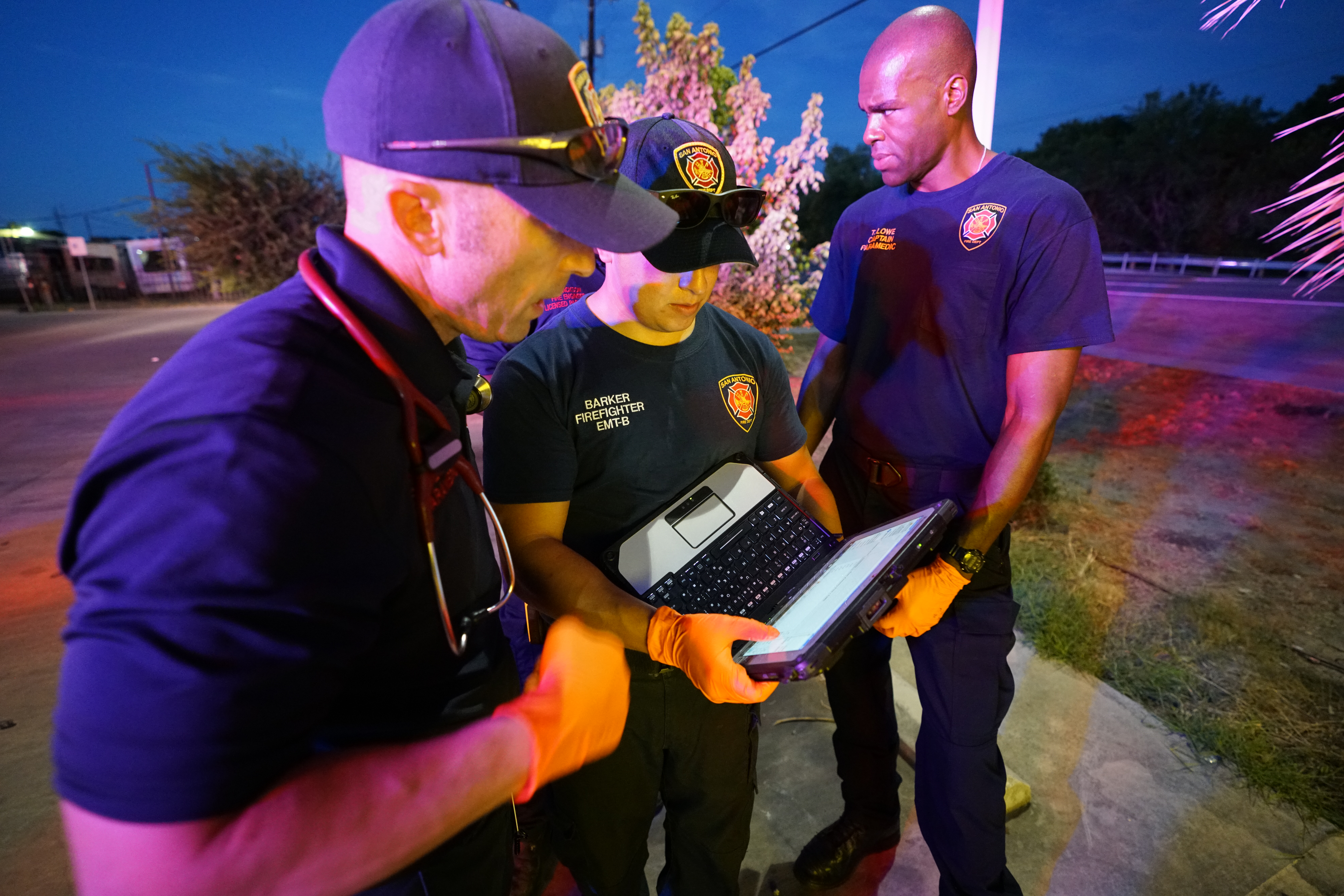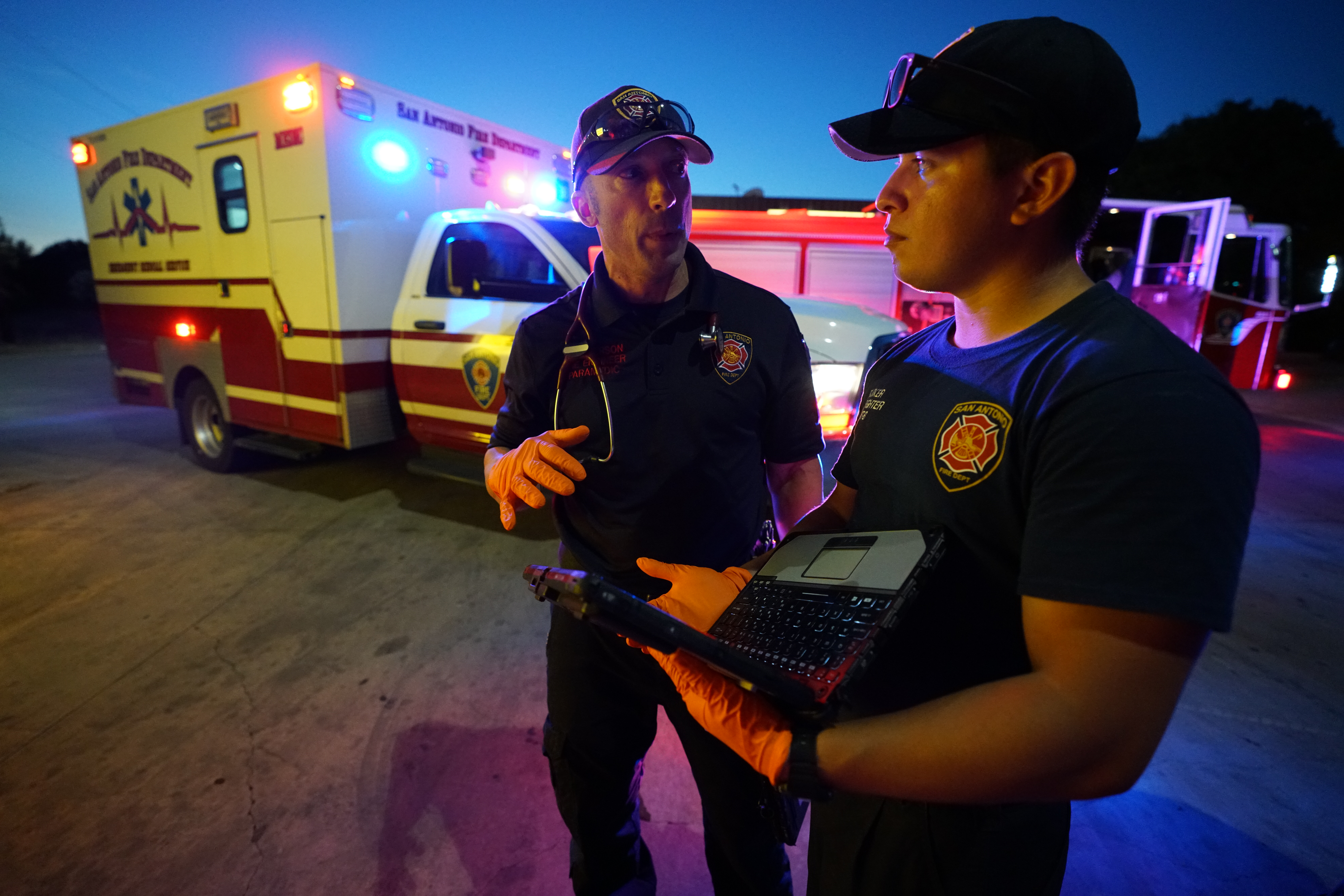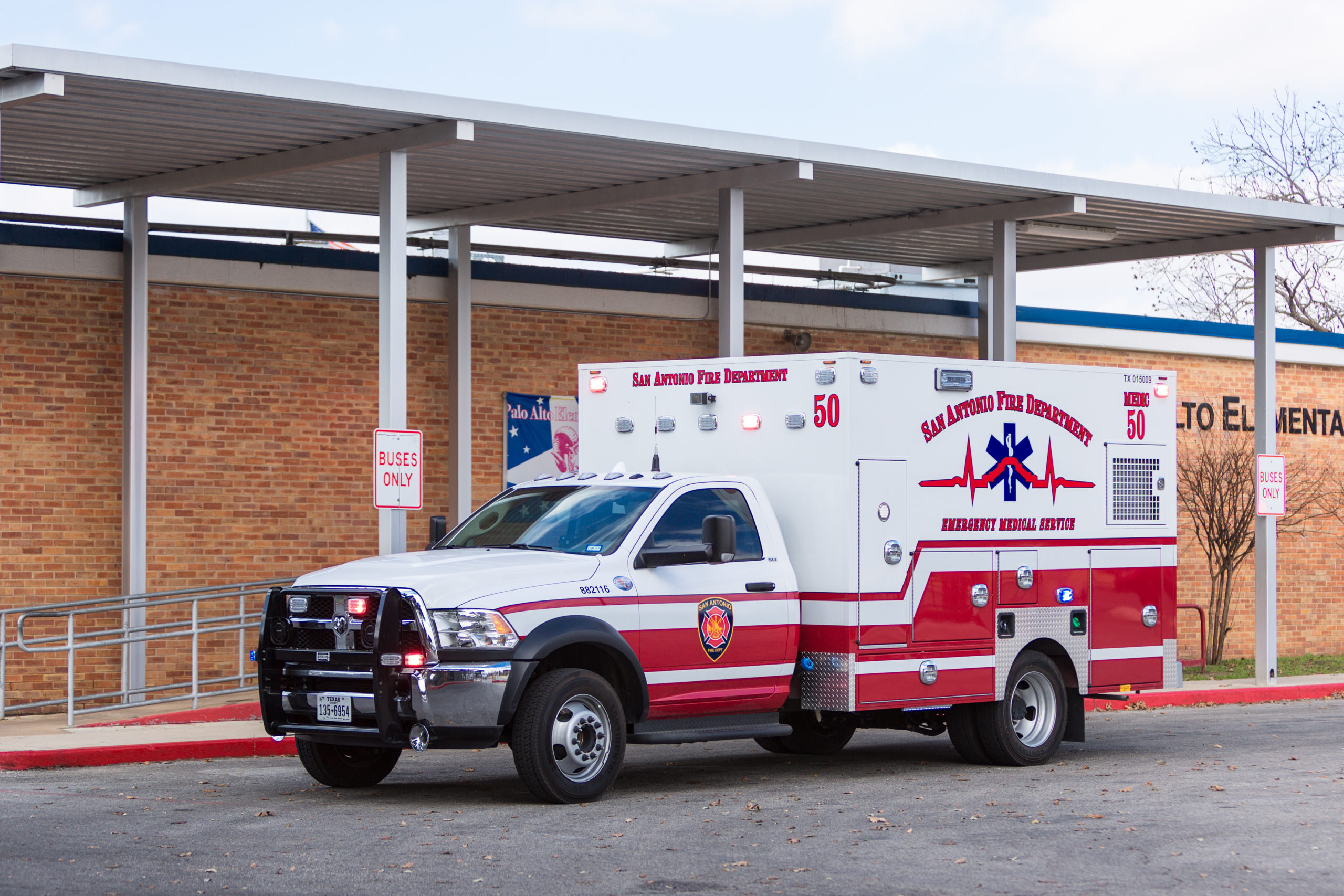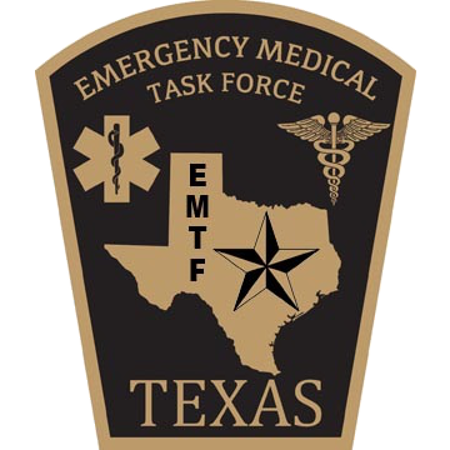EMS Workforce




To support the growing opportunities in the field of EMS, the Texas Legislature is providing $21.7 million to distribute towards funding EMS recruitment, education, and retention. STRAC is providing scholarship funding to qualified Department of State Health Services (DSHS) licensed EMS providers to increase the EMS workforce within TSA-P.
Scholarships will be awarded on a first come, first served basis and will be applied to in-person, online, or hybrid EMS courses (EMT, AEMT, and Paramedic).
For program inquires or application submissions please email emsworkforce@strac.org
Senate Bill 8 EMS Recruitment and Retention Information
Scholarship Information:
- Up to $2000.00 per student that completes an EMT class including books, materials and one NREMT exam fee.
- Up to $8000.00 per student that completes a Paramedic class including books, materials and one NREMT exam fee.
- Students must commit to serving:
- One year as an Emergency Medical Technician (EMT)
- Two years as an Advanced Emergency Medical Technician (AEMT) or Paramedic if upgrading your certification
- 96 hours per month working or volunteering on an ambulance
Within 90 days of completing a DSHS approved EMS course students must:
- Pass the National Registry exam
- Complete State certification process
- Begin working or volunteering for a DSHS licensed EMS Provider
Scholarships are provided by the Department of State Health Services (DSHS) to approved EMS Education programs or licensed EMS providers. Scholarships are available based on documented need, with special attention given to rural and underserved areas within Texas.
EMS Workforce Resources
| Title | Categories | Creation Date | Link | hf:doc_categories |
|---|---|---|---|---|
| SB8 Fillable Application | Applications | January 1, 2023 | applications | |
| DSHS Senate Bill 8 FAQ | FAQ | January 1, 2023 | faq |



